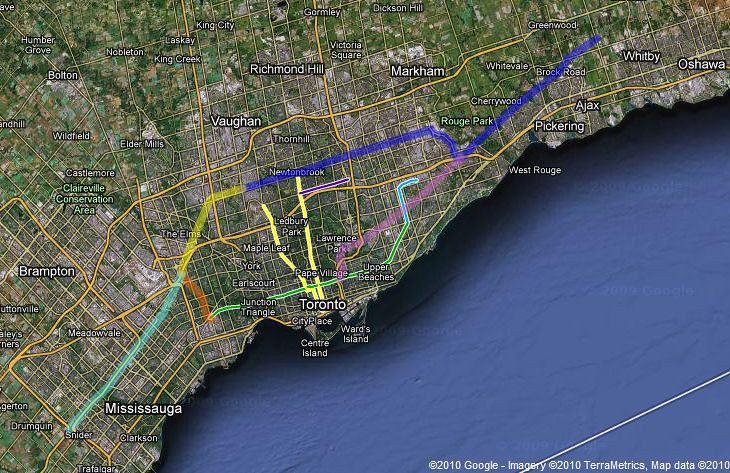dowlingm
Senior Member
Two principal reasons:If you look at a satellite map of Toronto there is HUGE potential for BRT's along the many Hydro right-of-ways (as I am sure most on this forum are well aware).
I can never understand why this potential isn't being exploited?
1. hydro corridors by their nature usually involve a bit of a schlep to get to a stop given the limited accesses to such an area.
2. The hydro corridor isn't free - access to it comes at a price even before you create a paved way. The York U busway also required an unanticipated relocation of a gas main.
That notwithstanding I think more use of the corridors should be explored for express services, but the limits to the usefulness of this must be accepted.





